
What are Mallenders and Sallenders?
When we find scabs on our horse’s legs, it’s easy to jump straight to the conclusion that they’ve got mud fever, especially during the cold, wet winter months! It’s worth remembering though, this isn’t always the case and you may be dealing with something else entirely.
Generally speaking, if your horse has scabs around the heel and fetlock joint, this is probably mud fever. On the other hand, if the scabs are behind their knee, it may indicate Mallenders. It’s worth noting that while it is rarer, this same condition can also affect the front of the hock, where it is known as Sallenders.
If you believe your horse has Mallenders or Sallenders, we'd recommend contacting your vet for diagnosis and a treatment plan.
What causes this?
Both Mallenders and Sallenders are caused by a process called hyperkeratosis. This means that your horse’s body is producing too much keratin, a fibrous protein found in hair, horn, feathers and hoof. The overproduction of this tough substance causes thick, scaly scabs to develop on the skin. As a result, the skin cracks and splits. Not only is this extremely uncomfortable, but it leaves sufferers vulnerable to secondary bacterial or fungal infections when not treated quickly.
Hyperkeratosis is most common in feathered breeds, such as draft horse’s and cobs. These types are naturally very hairy; thus their body is programmed to produce more keratin. That’s not to say that all hairy horse’s suffer from Mallenders or Sallenders though. It’s onset is generally triggered by damage to the knee or hock caused by mud fever, feather mites or even a superficial skin injury.
Before you attempt to address the issue yourself, consult your vet for advice. This condition commonly results in weeping infections, which when handled incorrectly can cause pain and even lameness.
Can it be cured?
Sadly, there’s no known cure for hyperkeratosis. That being said, with a lot of TLC, the symptoms can be treated and the condition managed. This process isn’t for the faint of heart though, occurring in the creases of the leg joints, continuous movement can cause the sores to reopen. This encourages the body to form new scabs, quickly becoming a very vicious cycle. Because of this, it requires vigilant monitoring and fast action.
Getting On Top Of Mallendars and Sallenders
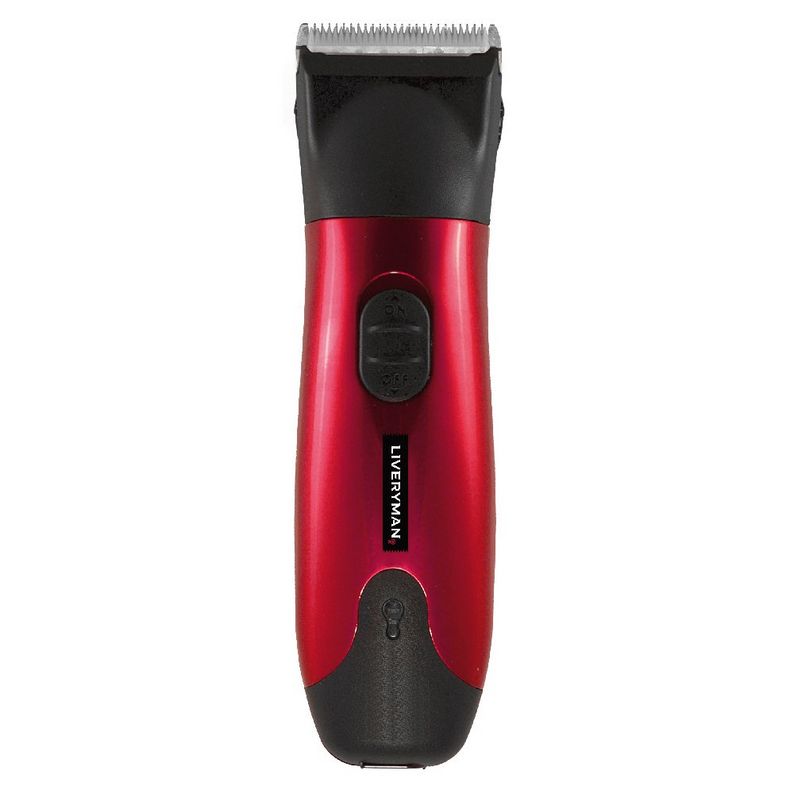
Mites
The first action point is to eradicate any feather mites. There’s a whole host of ways to do this, including Ivermectin, Doramectin, Fipronil, Lime Sulpher and Selenium Sulphide Shampoos. Before you do this yourself though, we’d suggest speaking to your vet about the most suitable course of action. As part of this step, your horse may need to have their legs clipped. It's also best practice to deep clean their environment and equipment, providing fresh bedding, undertaking a full wardrobe wash and disinfecting their grooming kit.
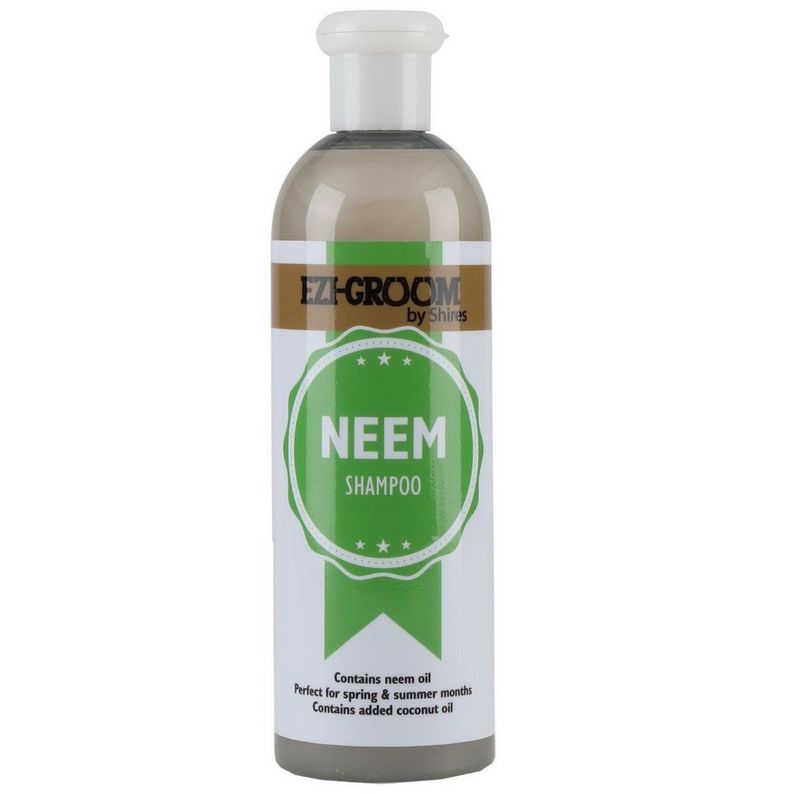
Wash
Next up on the list is to wash your horse’s legs. We’d suggest using Shires Neem Shampoo. First and foremost, this can help to eradicate and deter lice, flies and other parasites. It also possesses natural anti-fungal and antibacterial properties, thought to stave off infections. Formulated with added coconut oil, this softens the skin to prevent further cracking, while loosening the scabs so that they’re able to fall away naturally.
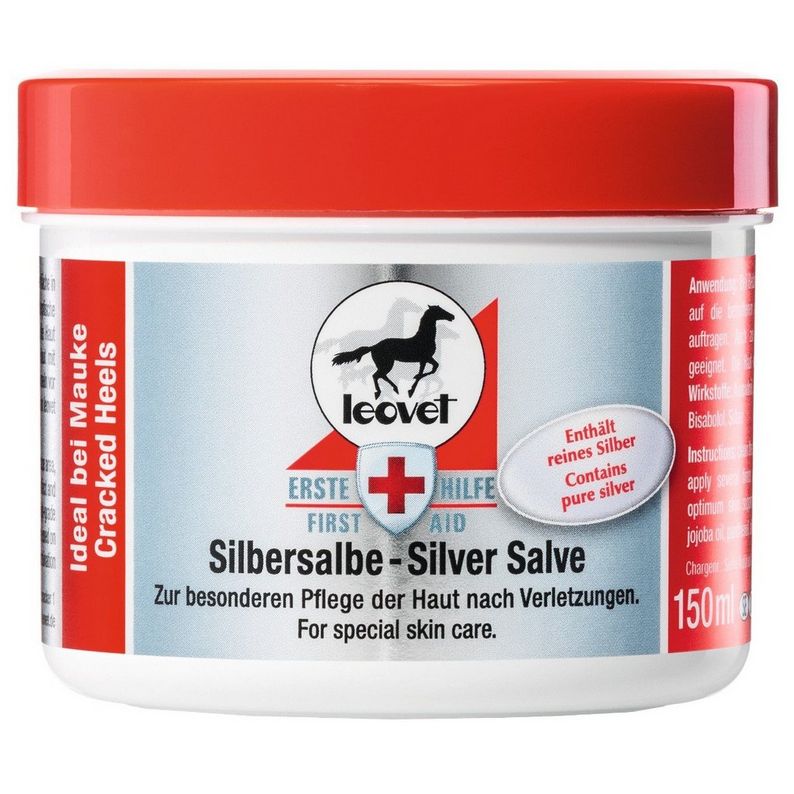
Topical Lotions
Once the skin is clean, apply Leovet Silver Salve. This contains pure silver, a natural antiseptic that helps prevent infection, while allowing the skin to regenerate. It also contains a range of plant oils, moisturising dry, cracked skin and creating a barrier against bacteria and water.
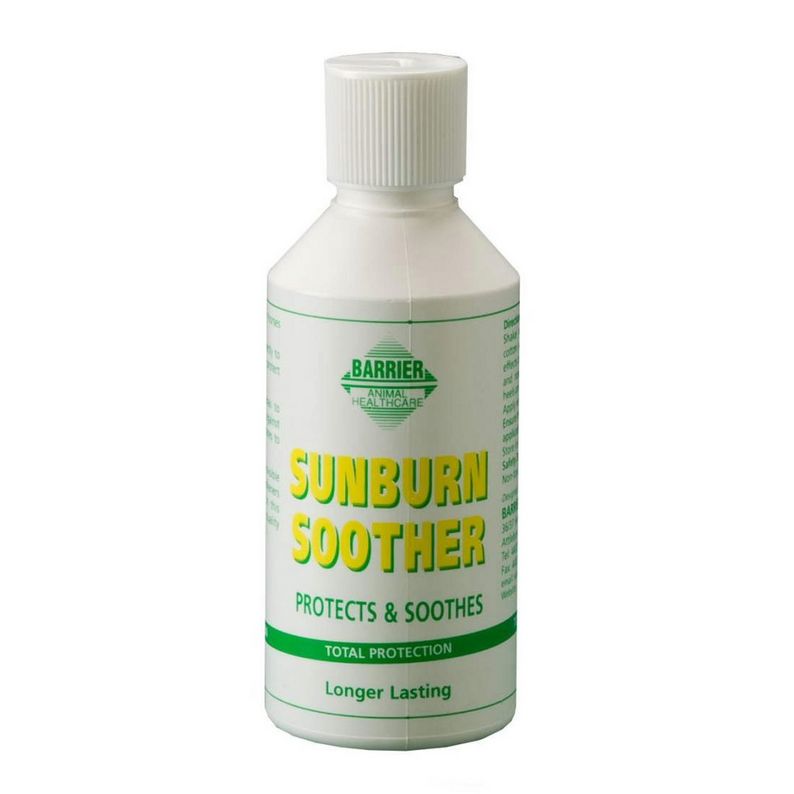
Sun Protection
Excessive itching and open sores can lead to hair loss around the knees or hocks. Where this does occur, use Barrier Sunburn Soother when the weather requires. This offers factor 25+ protection to prevent already damaged skin becoming sun burnt or drying out excessively.
Managing Mallenders and Sallenders
As we mentioned earlier, hyperkeratosis can’t be cured. So, it's something you will always have to keep on top of through consistent regular care! Here’s what you can do to manage it long-term…
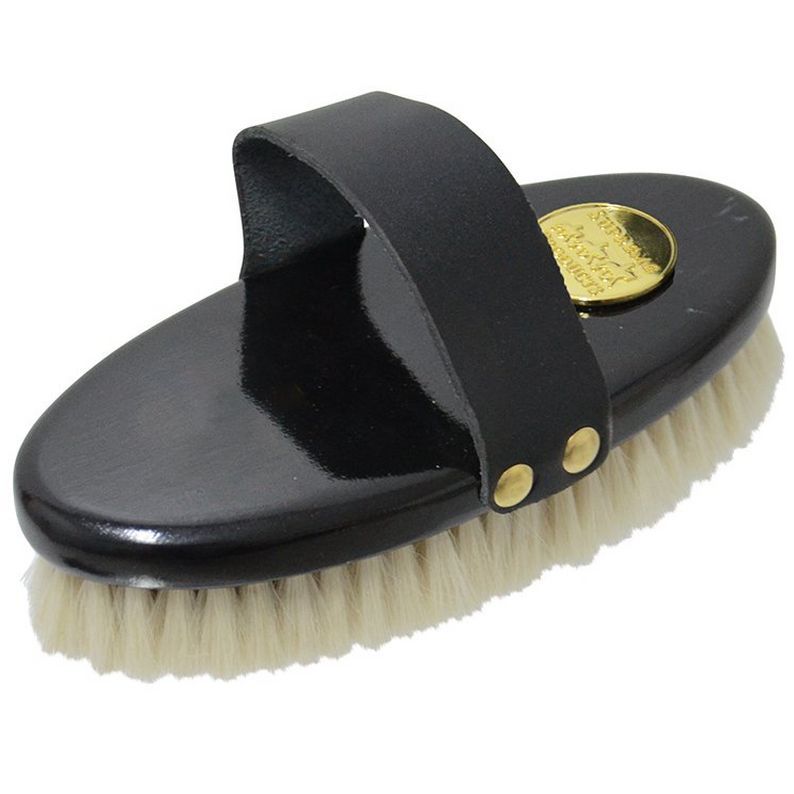
Brushing
Most importantly, never brush the legs when wet, as the skin will be more prone to damage. Once dry, brush their legs gently, taking care not to scratch the skin. Where possible, avoid using any brushes with hard bristles. Instead, opt for a mane and tail brush to remove knots and a soft body brush for flicking away mud.
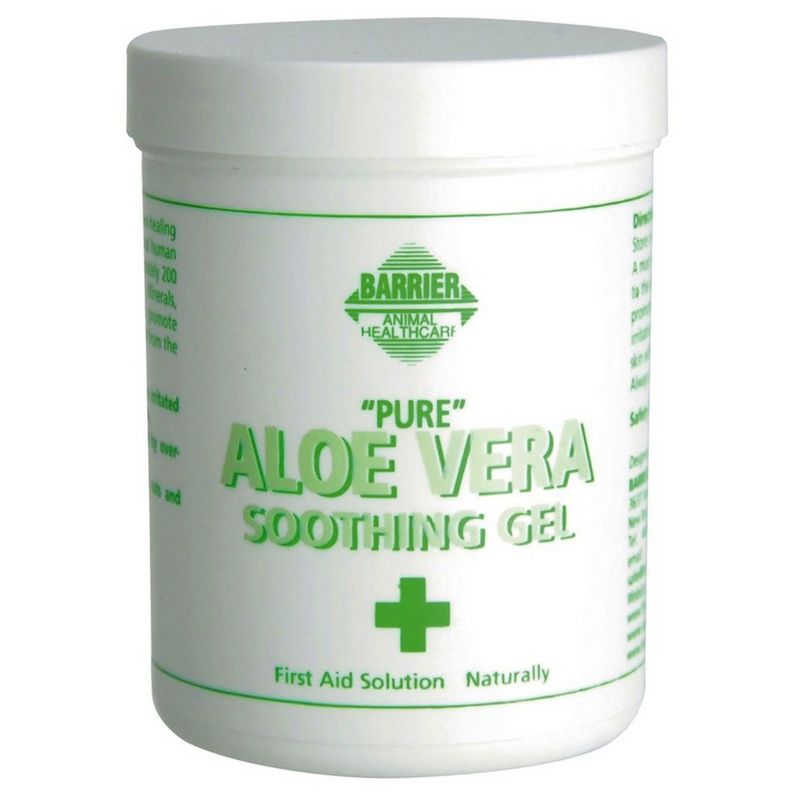
Moisturise
Keep the skin well moisturised to prevent dryness and cracking. Some people do this using oil based products such as Vaseline, but this can cause irritation and may even burn the skin during hot weather. Because of this, we’d suggest opting for a natural plant based product such as Barrier Pure Aloe Vera.
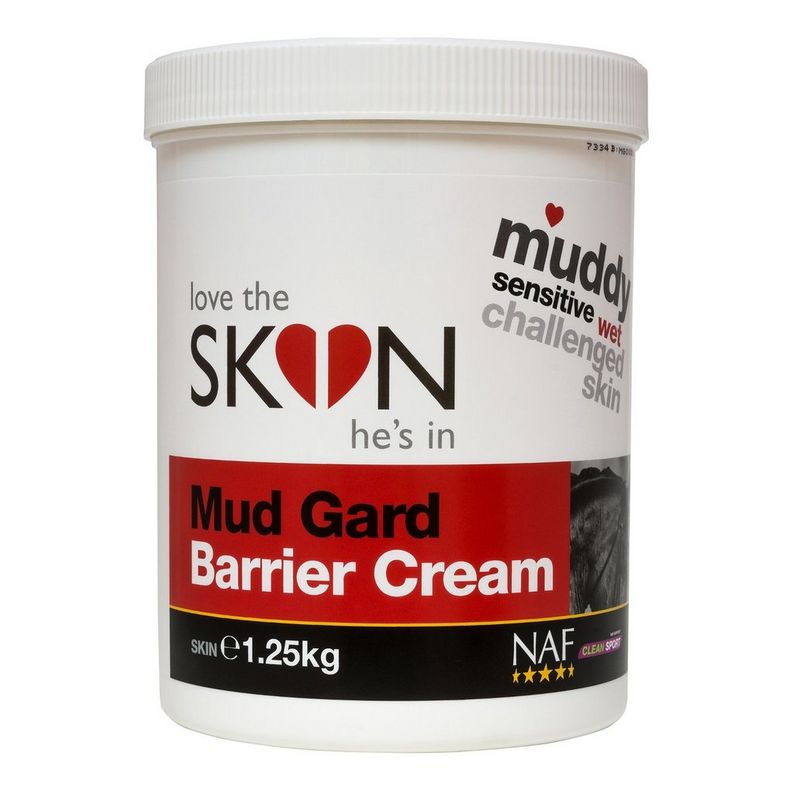
Protection
During the winter months, protect the legs from mud fever using barrier creams such as NAF Love The Skin He’s In Mud Guard Barrier Cream. Formulated using MSM to help support your horse's skin with rosemary to sooth any sore areas, it will prevent aggravation of the area, avoiding triggering an unwanted immune response.
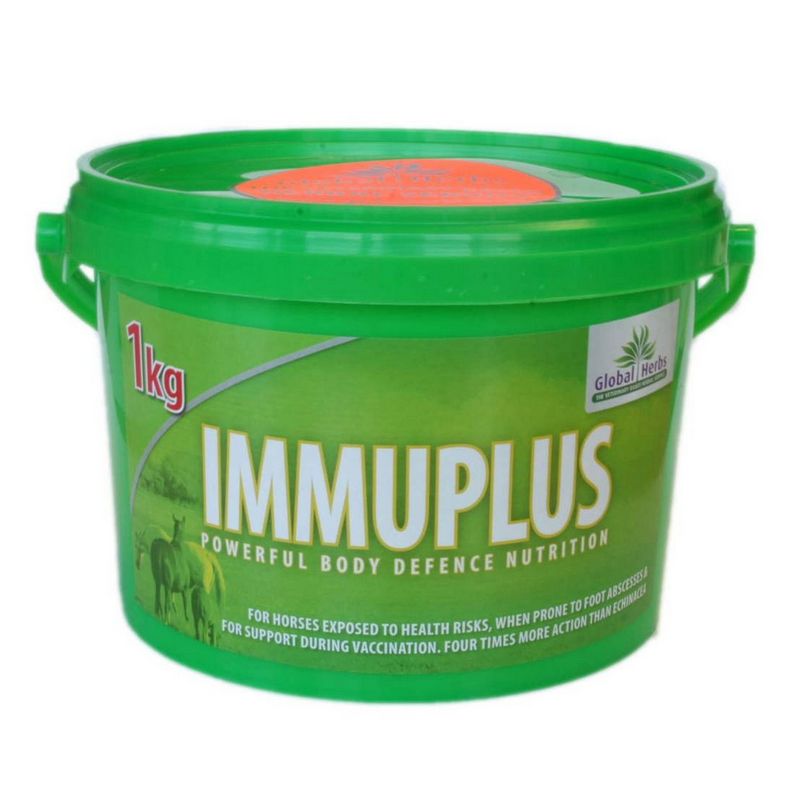
Diet
Providing a supplement such as Global Herbs Immuplus is thought to promote the repair and rebuild processes, whilst also supporting the bodies natural defences against future infections. Although this is just a theory, some sources also suggest removing any supplements containing biotin from their feed. The idea being that this is used to help promote hoof health, by providing the building blocks for new growth. This isn't necessarily desirable when we want to discourage the over production of Keratin.

We hope you’ve found this information helpful. You can shop our full range of products online at www.naylors.com or in-store. Don’t forget, if you make a purchase share your pictures with us in the comments or include #NaylorsSnapAndShare on your social posts for the chance to win a Naylors gift card!





